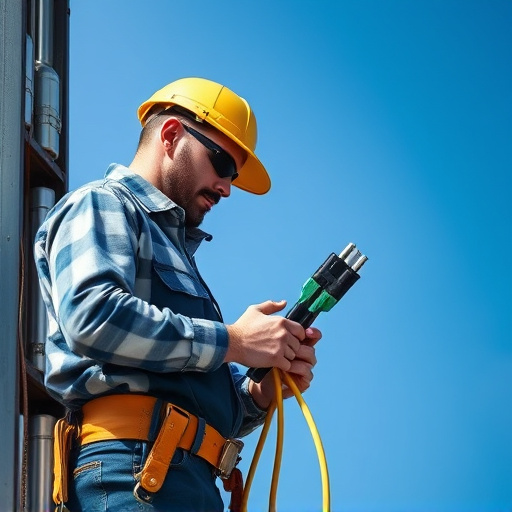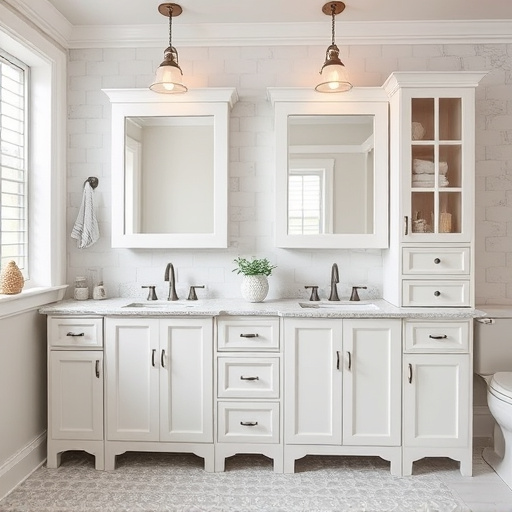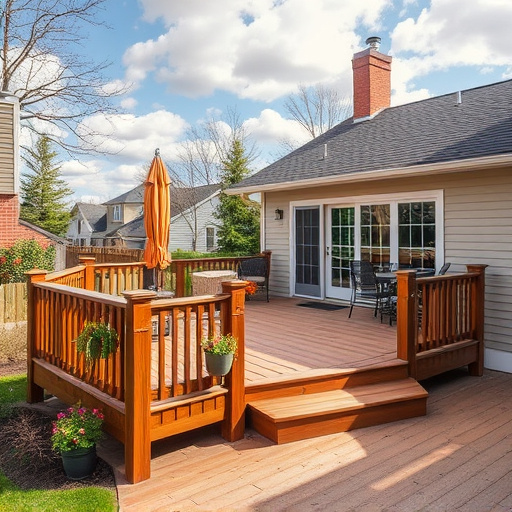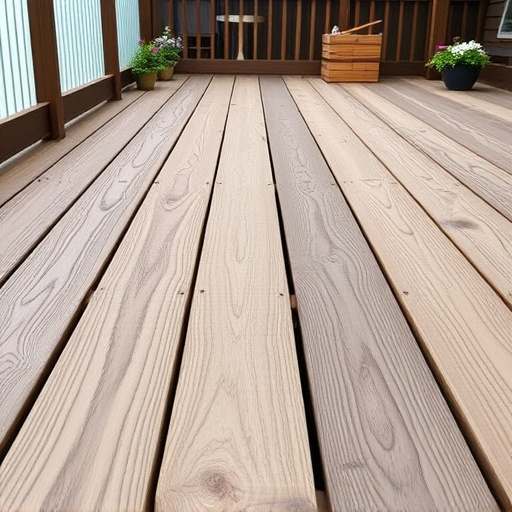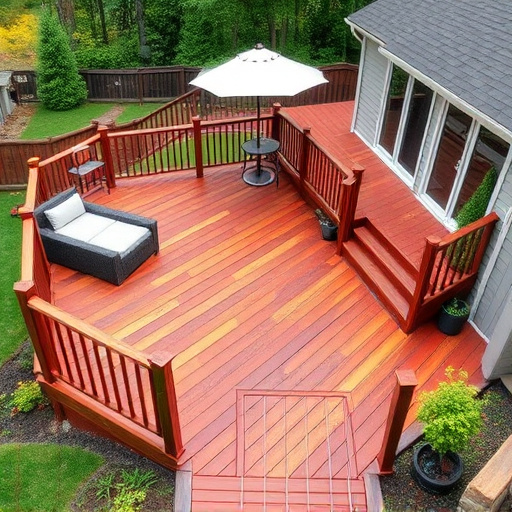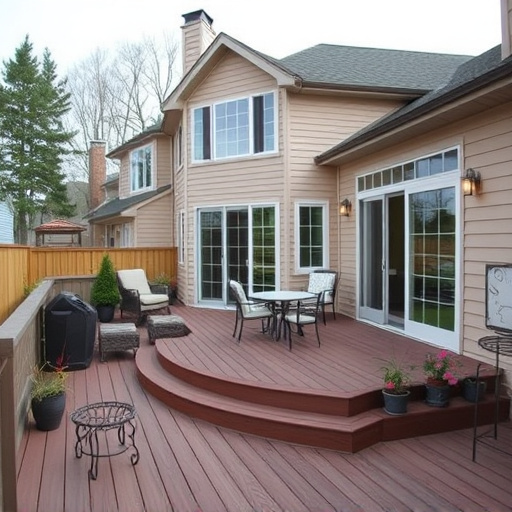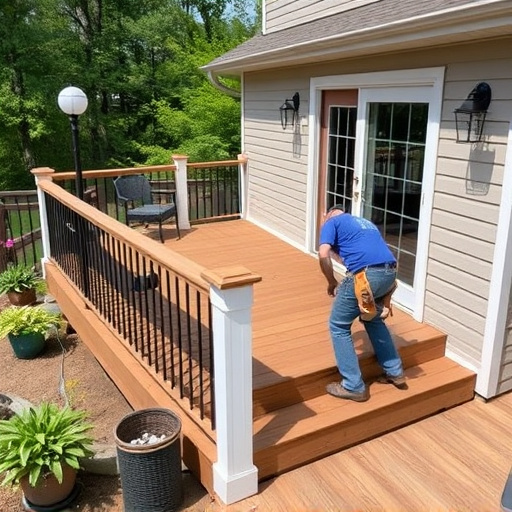Deck systems require careful consideration of materials (wood, composite, vinyl), robust construction (joists, fasteners) and thoughtful design for safety and aesthetics. Quality assurance involves using durable materials, meticulous installation, adherence to building codes, proper drainage, and stress testing to ensure longevity against weather and wear. Engaging professionals in siding services can enhance deck performance and integration with existing structures, optimizing outdoor living spaces.
Before investing in deck systems, thorough quality assessment is crucial. This guide equips you with the knowledge to navigate the process seamlessly. We’ll walk you through understanding the core components and functionality of deck systems, inspecting materials and construction for durability, and evaluating design for both aesthetics and practicality. Additionally, we’ll highlight testing and installation best practices to ensure a robust and long-lasting addition to your outdoor space.
- Understanding Deck Systems: Key Components and Functionality
- Criteria for Quality Assessment: Materials, Construction, and Design
- Testing and Installation: Ensuring a Solid Foundation and Performance
Understanding Deck Systems: Key Components and Functionality
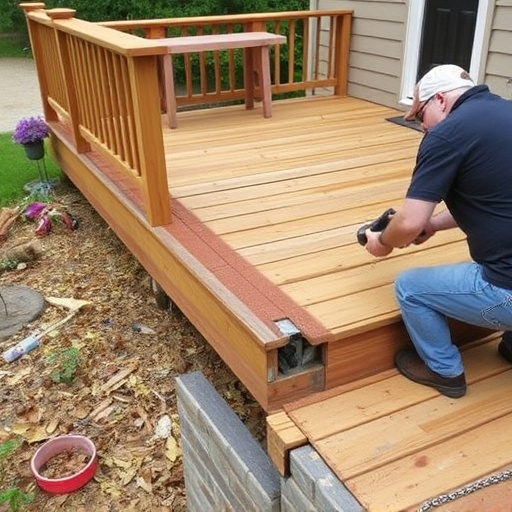
Deck systems are complex structures that integrate various components to create a functional and aesthetically pleasing outdoor living space. Understanding these key elements is essential when assessing quality before purchasing. A typical deck system comprises several vital parts: frames, joists, decking materials, railings, and fasteners. The framework forms the foundation, usually constructed from durable materials like treated wood or composite boards, ensuring stability and longevity. Joists support the decking, evenly distributing weight and providing a solid base for the final finish.
The choice of decking material is crucial, offering options such as wood, composite, or vinyl. Each has unique characteristics, influencing durability, maintenance requirements, and visual appeal. Professional siding installation and roof consulting can further enhance the system’s overall performance. Railings provide safety and define the deck’s perimeter, with various styles available to match different design preferences. Fasteners hold these components together, ensuring a solid structure that can withstand environmental factors. By considering these fundamental aspects, buyers can make informed decisions, focusing on quality and functionality for their desired outdoor space.
Criteria for Quality Assessment: Materials, Construction, and Design
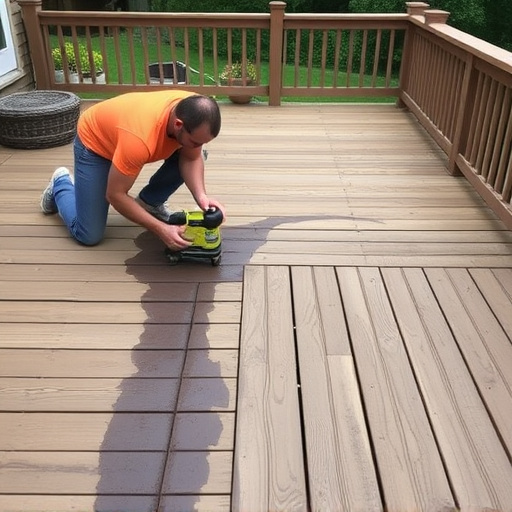
When assessing the quality of deck systems before purchase, three key areas stand out: materials, construction, and design. Deck systems are subject to varying weather conditions, so high-quality materials are non-negotiable. Look for sturdy framing, durable decking boards, and robust fastening mechanisms that can withstand rot, mold, and extreme temperatures. A roof replacement or siding replacement expert might recommend materials with built-in protective coatings or natural resistance to these issues.
In terms of construction, a well-built deck should have solid joists evenly spaced, secure corner connections, and sturdy supports. The design should incorporate adequate headroom and clear paths for easy navigation. Consider the overall structural integrity and how it aligns with local building codes. Engaging a professional siding service can offer insights into best practices that ensure not just aesthetics but also longevity and safety in your deck systems.
Testing and Installation: Ensuring a Solid Foundation and Performance
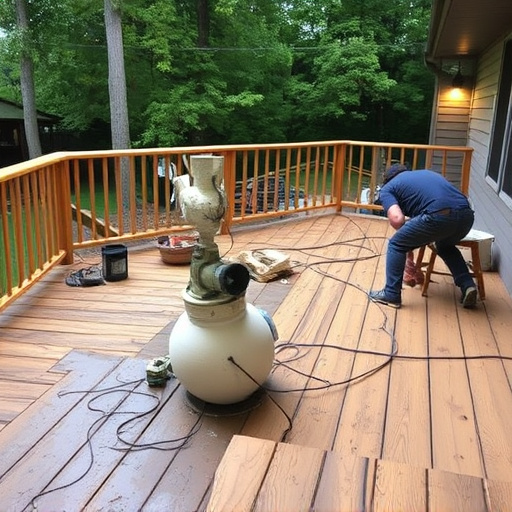
Before settling on any deck systems for purchase, thorough testing and installation practices are paramount to ensure durability and performance. The foundation of a robust deck begins with meticulous planning and skilled execution. This includes checking the quality of materials used in construction, ensuring proper drainage systems to prevent water damage, and verifying that all components adhere strictly to industry standards.
During installation, it’s crucial to assess how well the deck integrates with existing structures like residential or commercial roofing and siding services. A solid connection between the deck and these elements guarantees longevity and safety. Proper testing also involves stress and load simulations to confirm the deck can withstand various weather conditions and typical usage patterns, thereby ensuring optimal performance over time.
When assessing deck systems before purchase, it’s crucial to consider both functionality and durability. By examining materials, construction quality, and thoughtful design, you can invest in a deck system that seamlessly integrates into your outdoor space and withstands the test of time. Remember, proper testing and installation are key to ensuring a solid foundation and optimal performance for years to come, making your deck a central point of enjoyment for many seasons to come.





